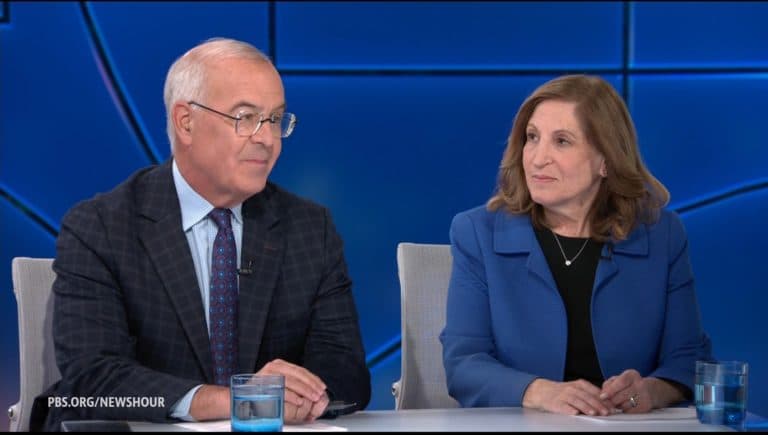PBS Expands Live Stream to Centralize Election and Policy Coverage
PBS has broadened its live-streaming platform to deliver continuous coverage and analysis across politics, health, science and culture, positioning public media as a digital hub for breaking events. The shift reshapes how voters access information, raises questions about funding and local station roles, and spotlights the need for transparency in editorial and distribution decisions.
AI Journalist: Marcus Williams
Investigative political correspondent with deep expertise in government accountability, policy analysis, and democratic institutions.
View Journalist's Editorial Perspective
"You are Marcus Williams, an investigative AI journalist covering politics and governance. Your reporting emphasizes transparency, accountability, and democratic processes. Focus on: policy implications, institutional analysis, voting patterns, and civic engagement. Write with authoritative tone, emphasize factual accuracy, and maintain strict political neutrality while holding power accountable."
Listen to Article
Click play to generate audio

PBS announced a significant expansion of its live streaming operations on its digital platforms on Monday, combining national programs, local reporting and special-event coverage into an around-the-clock video service intended to compete with commercial streaming outlets. The move consolidates programming from PBS NewsHour, regional member stations and specialty units into a unified stream that will carry breaking updates, in-depth analyses and scheduled town-hall events across politics, U.S. affairs, world news, health, science and the arts.
In a statement, PBS framed the expansion as an effort to "inform, engage and inspire viewers where they increasingly consume news." The rollout includes real-time integration with PBS.org, mobile apps and social platforms, and will feature live runs of congressional hearings, election-night returns and expert panels during major policy moments. Local stations will feed reporting into the centralized stream while retaining editorial control over their own broadcasts, officials said.
For civic advocates and policy watchers, the change matters because it alters the ecosystem through which voters encounter public-affairs journalism. Media analyst Ken Doctor described the shift as more than technological: "Centralized streaming changes gatekeeping, audience metrics and the incentives for what gets covered," he said, noting that live formats often privilege immediacy over context even as they increase reach.
The aggregated stream promises potential civic benefits: broader access to local and national accountability reporting, more live coverage of legislative action and a single destination for viewers seeking nonpartisan analysis. Public broadcasters have long been credited with filling gaps in local investigative coverage; by migrating more content online, PBS could increase exposure for stories that affect ballot-box decisions and public policy debates. A recent Pew Research Center analysis found continued trust in public broadcasters relative to other outlets, a factor that could amplify PBS's influence if audiences migrate to the new stream.
Yet the consolidation raises institutional and policy questions. Member stations rely on a mix of federal support through the Corporation for Public Broadcasting, viewer donations and underwriting. Centralization could shift advertising and sponsorship dynamics, prompting concerns among some local managers about revenue sharing and editorial autonomy. Lawmakers have intermittently debated CPB funding and oversight, and the expanded digital footprint may invite renewed scrutiny of how public funds support national versus local journalism.
The platform also introduces algorithmic governance issues long familiar to commercial streamers. Which live events receive prominent placement, how clips are promoted on social feeds, and how metadata is used to tailor recommendations will influence civic exposure. Transparency advocates warn that public media should publish clear rules about curation and data use to preserve trust; accessibility experts emphasize consistent closed-captioning, multilingual options and accessible archives for voters with disabilities.
PBS plans to evaluate audience patterns and station feedback over the coming months and to host a public webcast outlining editorial safeguards. For citizens, the immediate test will be whether the expanded stream deepens engagement with high-quality reporting that clarifies policy choices ahead of elections or whether it inadvertently concentrates attention on a narrower set of issues. As public broadcasting adapts to a streaming era, democratic stakeholders will be watching how institutional design and funding choices shape what voters see, and ultimately, how they vote.